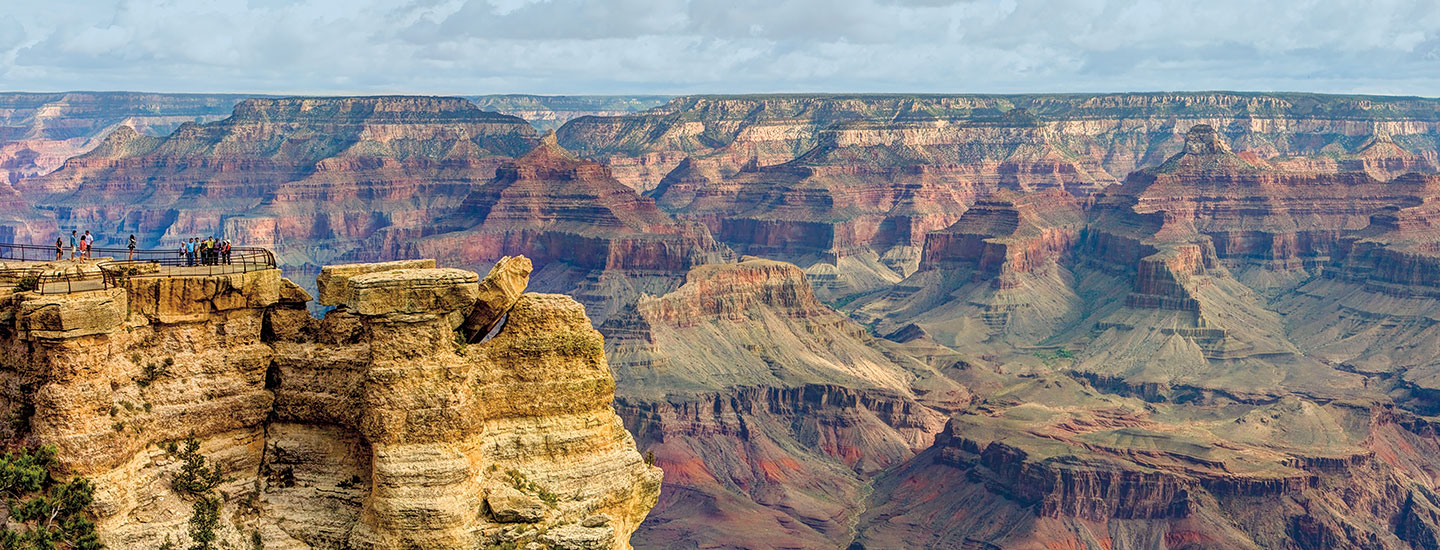For many people, summer means it’s time for a road trip! One popular destination is Grand Canyon National Park in Arizona. Every year, about 6 million visitors head there to explore one of the world’s largest canyons. It could hold water from 1.7 billion Olympic-sized swimming pools!
The Grand Canyon has long fascinated scientists. By studying its rocks, geologists have uncovered details about Earth’s history. “There’s no place in the world like it,” says geologist Wayne Ranney.
Here are five amazing facts about the Grand Canyon.
For many people, summer means it’s time for a road trip! One popular journey is to Grand Canyon National Park in Arizona. About 6 million visitors go there every year. The Grand Canyon is one of the world’s largest canyons. It could hold enough water to fill 1.7 billion Olympic-sized swimming pools!
The Grand Canyon has long interested scientists. Geologists study its rocks. The rocks hold details about Earth’s history. “There’s no place in the world like it,” says geologist Wayne Ranney.

